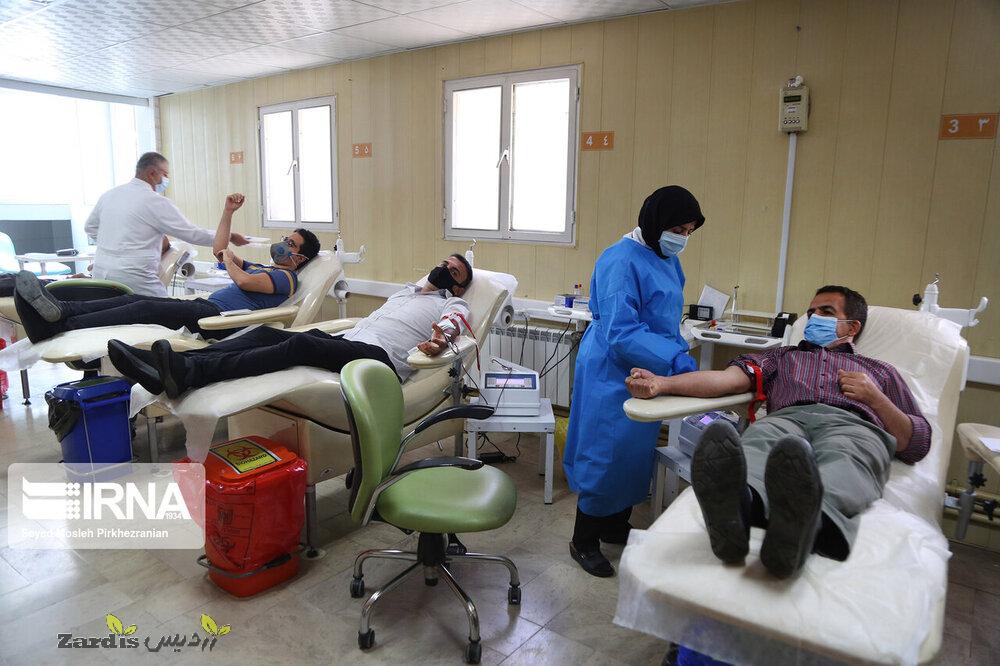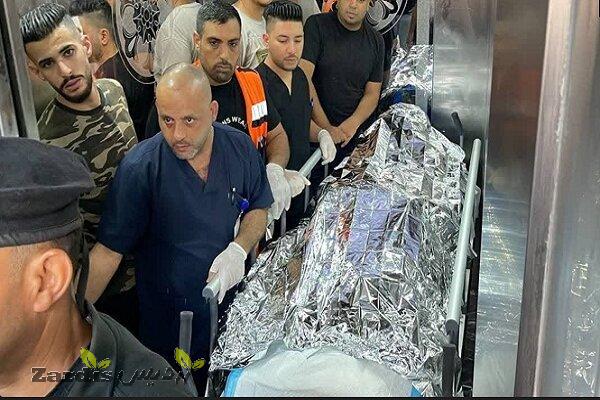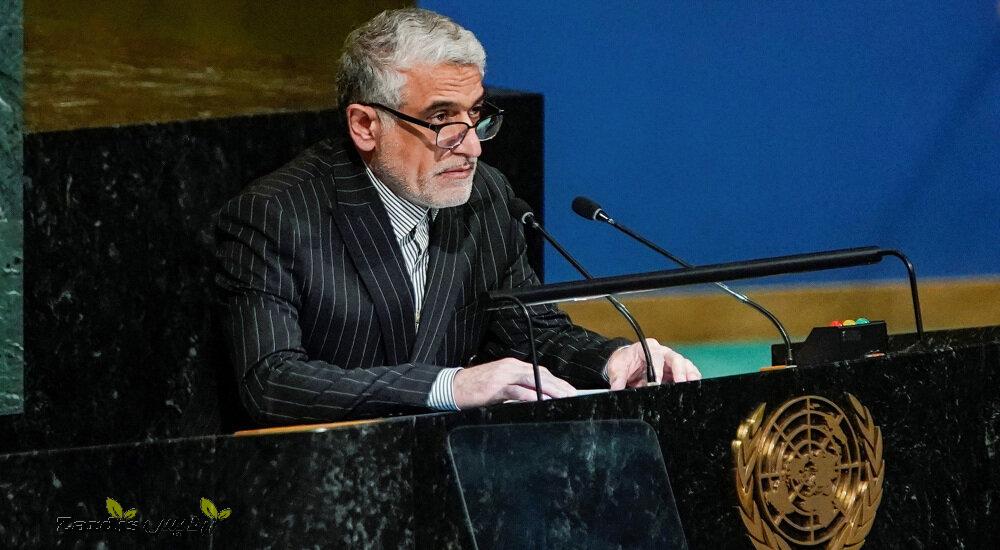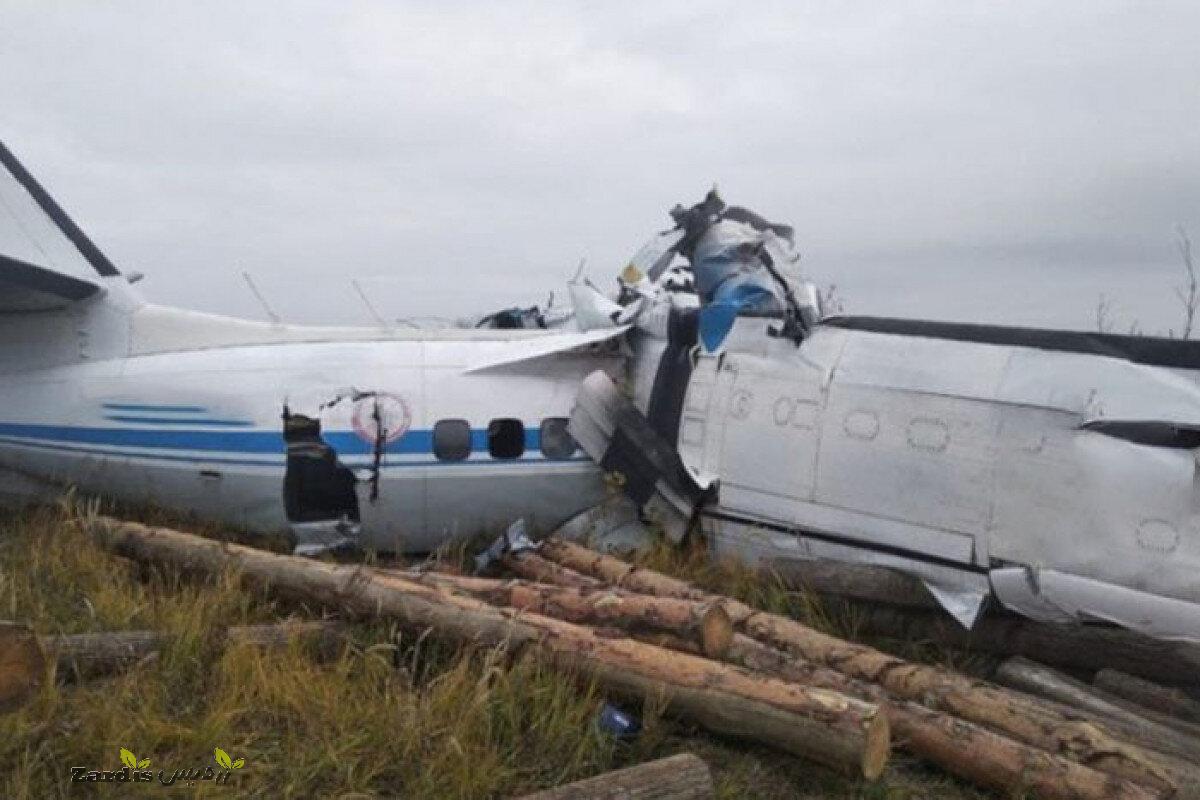TEHRAN – Iranian people donated 141,148 units of blood during Qadr nights – the 19th, 21st, and 23rd of the holy month of Ramadan fall on May 13th, 15th, and 17th this year – an increase of 27 percent year on year.
The highest amounts of blood were donated in the provinces of Khuzestan, Bushehr, Qazvin, and Hormozgan, IRIB reported.
Communal praying and recitations of the Holy Quran were held across the country during Qadr nights observing health protocols amid the coronavirus pandemic.
The last 10 days of Ramadan are especially important because the Quran was revealed this month on Laylat al-Qadr (Qadr Night).
Despite the prevalence of COVID-19, blood donation has increased by 40 percent since the beginning of the current [Iranian calendar] year (March 21), compared to the same period last year, Peyman Eshghi, head of Blood Transfusion Organization, said on May 4.
Despite the difficult conditions of dealing with coronavirus, the blood donation rate at the beginning of the holy month of Ramadan (April 13) has increased significantly compared to the previous years, he added, IRIB reported.
COVID-19 recovered patients donate plasma
On April 6, Bashir Haji Beigi, spokesman for the Blood Transfusion Organization, said that some 15,039 plasma units have been donated since April 2020 by patients who have been recovered from COVID-19 throughout the country.
Following the outbreak of coronavirus, doctors, pharmacists, scientists, and others are looking for a way to control the virus, and so far, many studies and researches have been done in this regard.
One of the studies showed that the plasma driven from recovered patients can be used in the treatment of COVID-19 with the help of the patient’s immune system.
Convalescent plasma therapy allows someone who has recovered from a coronavirus infection to donate their blood plasma to someone who is critically ill.
The best time for plasma donation is at least 14 and preferably 28 days after recovery, and donors should age 18 to 60 years.
Blood donation in Iran
While blood donation in 70 countries still depends on replacement or paid donors, Iran is the first country in the region that has enjoyed voluntary blood donation by 100 percent since 2007.
More than 85 percent of all donated blood worldwide is used to produce blood products, while the rate is 65 percent in Eastern Mediterranean countries. Iran ranks among the highest-income countries in terms of converting more than 97 percent of the blood donated by people to plasma-derived medicinal products (PDMP).
Only 55 of 171 countries produce PDMP through the fractionation of plasma collected in the reporting country. A total of 90 countries reported that all PDMP are imported, 16 countries reported that no PDMP was used during the reporting period, and 10 countries did not respond to the question, according to WHO.
Iran currently has the highest blood donation rate in the Eastern Mediterranean region so that out of 9.9 million blood donation units in this region, more than two million belongs to Iran.
Also, the index of blood donation is 25 per 1,000 populations, while in the member states of the Eastern Mediterranean region, this number is 14.9 per 1000.
MG
Zardis news | The latest news of Iran and the world
تمامی حقوق مطالب برای "Zardis news"محفوظ است و هرگونه کپی برداری بدون ذکر منبع ممنوع می باشد.
طبق ماده 12 فصل سوم قانون جرائم رایانه ای کپی برداری از قالب و محتوا پیگرد قانونی خواهد داشت.







